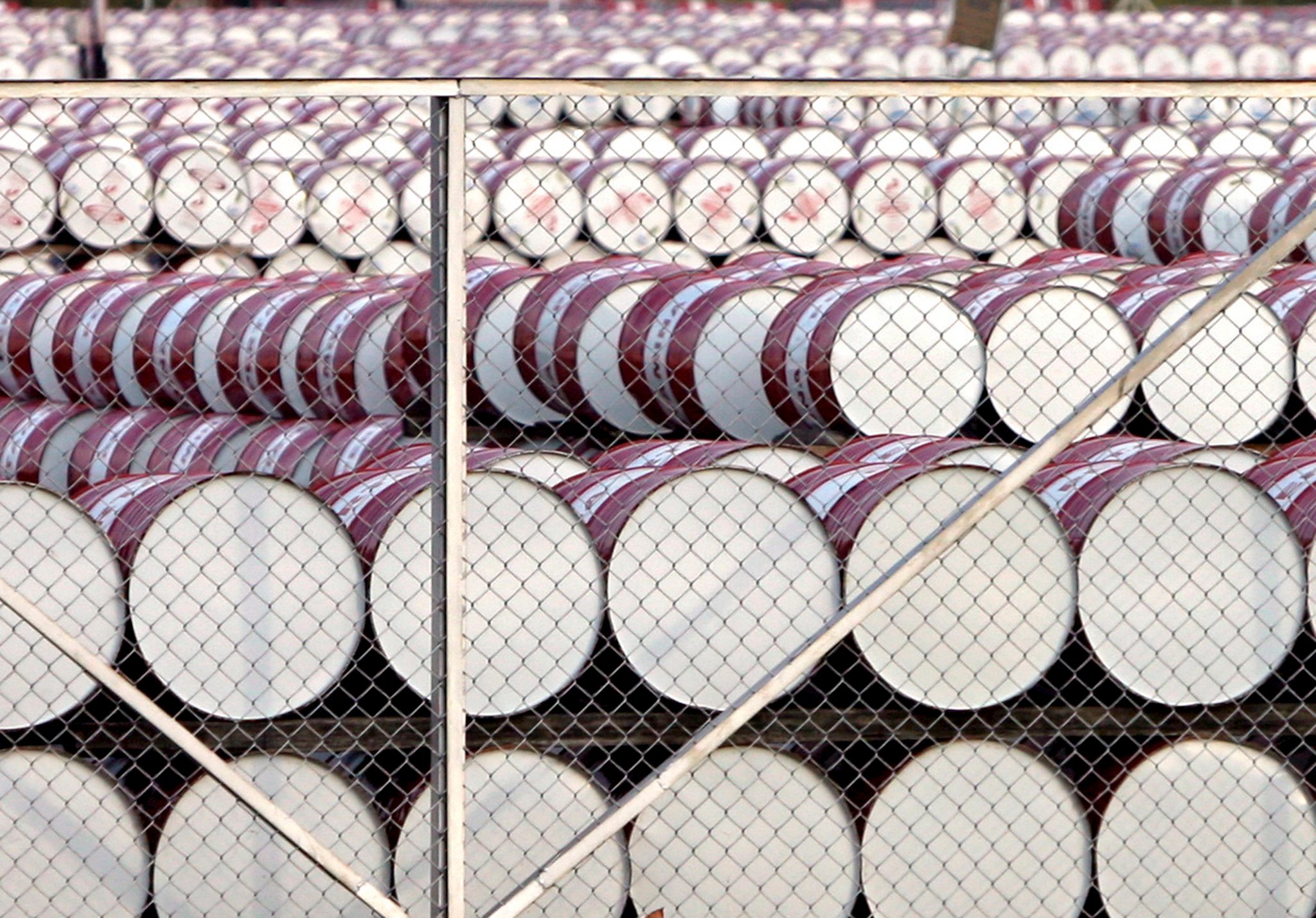SUMMARY
This is AI generated summarization, which may have errors. For context, always refer to the full article.

VIENNA, Austria (UPDATED) – OPEC warned Wednesday, April 13, that the world remains awash with crude ahead of a crunch meeting in Doha between cartel members and other major producers to discuss a production freeze to boost the oil price.
The Organization of the Petroleum Exporting Countries also trimmed slightly its forecast for global oil demand growth this year and said it might have to cut its projection further.
In its April monthly report, OPEC said that prices rose more than 20% in March, adding to a slow recovery from the great plunge of 2014-15 when prices fell to the lowest level in more than 12 years.
It said that this was thanks to expectations of an output freeze at Sunday’s talks in Doha and other factors, but cautioned that “hurdles prevail as oversupply persists and inventories remain high.”
All oil producers, not just those in the 13-nation OPEC but also non-cartel members like Russia, have suffered from the more than 60% drop in oil prices since mid-2014.
This collapse was due to a global glut caused in large part to US shale oil producers flooding the market.
An agreement in the Qatari capital on Sunday, April 17, to freeze production could, in theory at least, reduce the glut, boost prices, and help repair the tattered public finances of oil-producing countries.
It is a follow-up to talks last month between Qatar, Russia, Saudi Arabia, and Venezuela in which they first mooted the output freeze.
Media reports on Tuesday, April 12, suggested that Russia and Saudi Arabia, two of the world’s biggest producers, had already reached a deal, boosting oil prices to a high for the year. These fell back slightly on Wednesday.
Post-sanctions Iran
What would be a momentous agreement among the 15 or so oil producers – representing some 75% of global output – in Doha is far from guaranteed, however. Nor would it necessarily lift prices.
OPEC member Iran has so far rejected attempts to freeze production as it ramps up output following the lifting of sanctions this year as part of 2015’s nuclear deal with major powers.
Saudi Arabia’s deputy crown prince Mohamed bin Salman has said the kingdom, OPEC’s top producer, would only freeze output if Iran and other major producers are also on board.
The OPEC report showed that Iranian oil production in March was 3.3 million barrels per day (bpd), up from 2.9 million bpd in January and an average of 2.8 million bpd in 2015.
Saudi oil production by contrast was 10.1 million bpd, unchanged from January or from the kingdom’s average last year.
OPEC also trimmed slightly its forecast for global oil demand this year to 94.18 million bpd from its previous projection of 94.23 million bpd, reflecting slowed economic momentum in Latin America. In 2015 demand averaged 92.98 million bpd.
It warned that “current negative factors seem to outweigh positive ones and possibly imply downward revisions in oil demand growth, should existing signs persist going forward.”
On the supply side, OPEC kept to its projection that non-OPEC output in 2016 would be 56.39 million bpd, down from 57.13 million bpd in 2015, a slightly bigger contraction than previously forecast.
As usual, OPEC gave no forecast for its own output this year, saying only that its members pumped in March 32.25 million bpd, based on secondary sources, up from an average of 31.85 million bpd in 2015. – Simon Sturdee, AFP / Rappler.com
Add a comment
How does this make you feel?
There are no comments yet. Add your comment to start the conversation.